OPEC chief optimistic about 2021 recovery but uncertainty remains
OPEC’s secretary general said there were grounds for optimism that 2021 would be a year of recovery after the slump in oil prices and demand caused by the pandemic
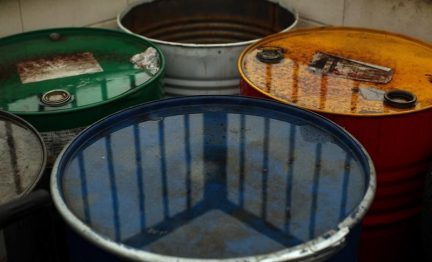
OPEC’s secretary general said there were grounds for optimism that 2021 would be a year of recovery after the slump in oil prices and demand caused by the pandemic

OPEC+ oil producers are likely to ease curbs on supply after April given a recovery in prices, OPEC+ sources said, although any increase in output will be modest as producers are wary of fresh setbacks in the battle against the pandemic
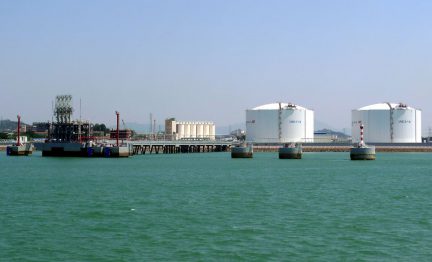
The International Energy Agency (IEA) warned the world oil market remains fragile, despite a recent recovery in prices, as tighter restrictions are imposed to curb more contagious coronavirus variants

Demand will rise by 5.79 million barrels per day (bpd) this year to 96.05 million bpd, the Organization of the Petroleum Exporting Countries said in a monthly report

Oil rose, extending its rally for a ninth day, its longest winning streak in two years, supported by producer supply cuts and hopes vaccine rollouts will drive a recovery in demand

The commodity climbed 1.26 percent to $60.19 a barrel — its highest since January last year — as asset markets rallied on the back of vaccine rollouts and slowing virus infections
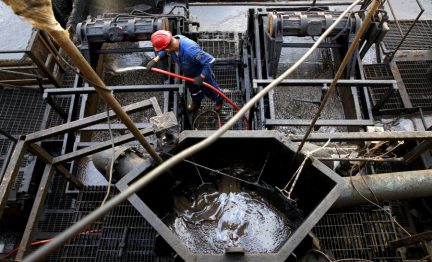
OPEC+ maintained its oil output policy as the price of crude hit its highest in almost a year, a sign that deep supply cuts are draining inventories despite an uncertain outlook for demand recovery
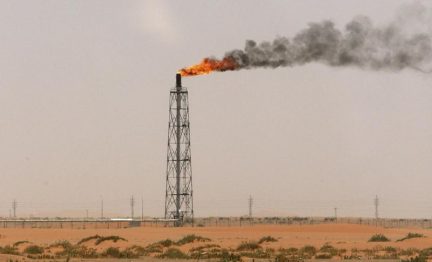
OPEC+ expects deep output cuts will keep the global oil market in deficit throughout the year, even though the producer group has revised down 2021 demand growth

The 13-member Organization of the Petroleum Exporting Countries is pumping 25.75 million barrels per day in January, the survey found, up 160,000 bpd from December and a further increase from a three-decade low reached in June
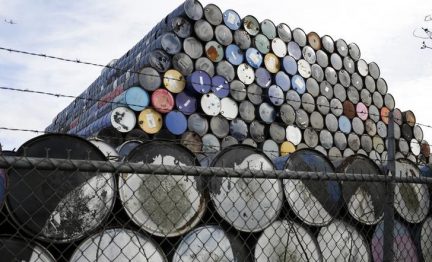
US crude oil stocks fell, but fuel inventories were higher in the most recent week, data from industry group the American Petroleum Institute showed